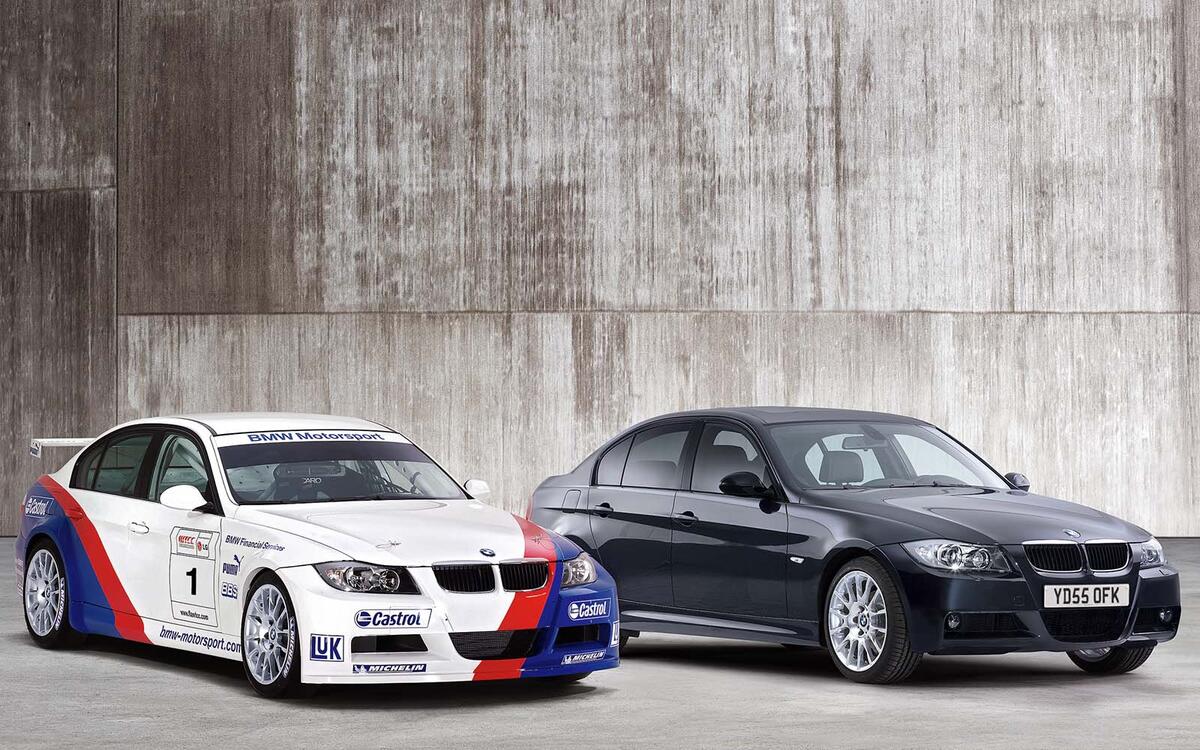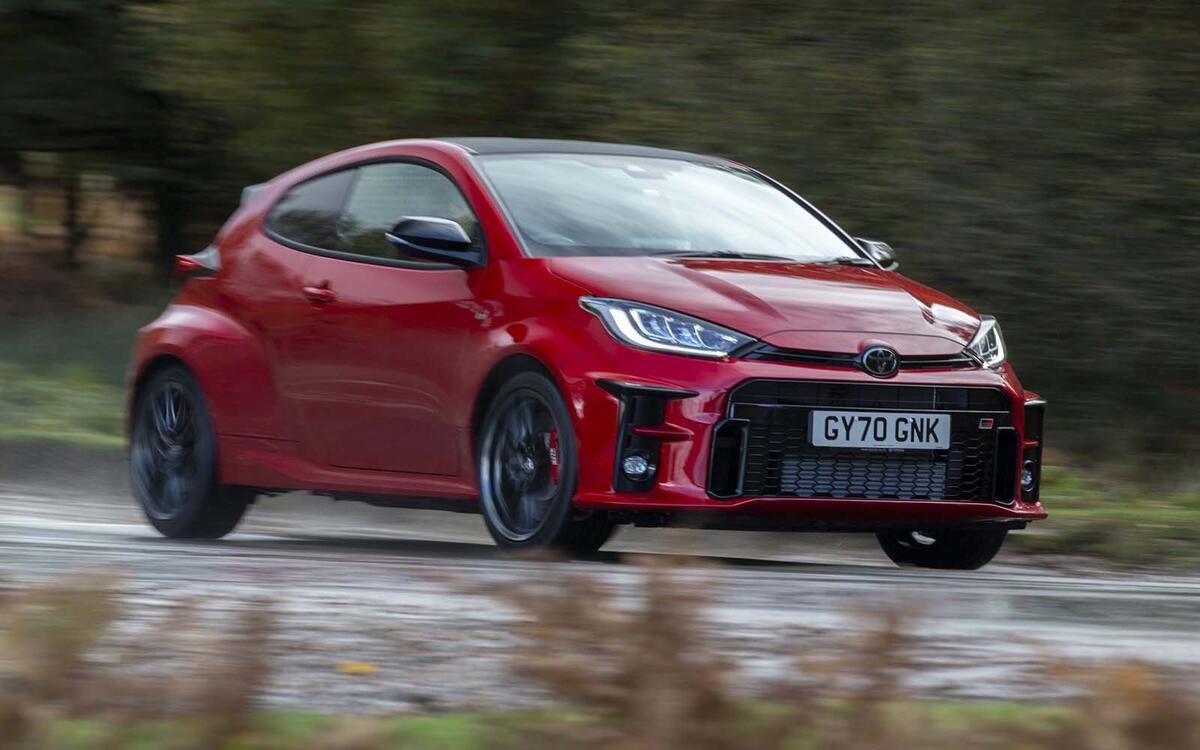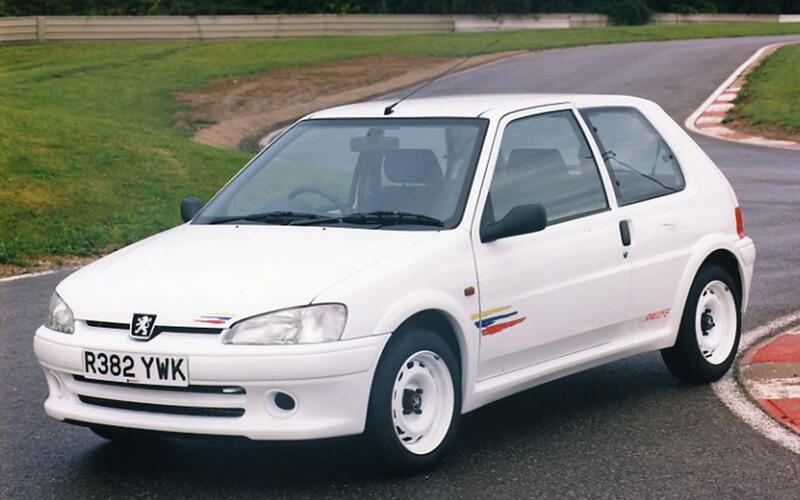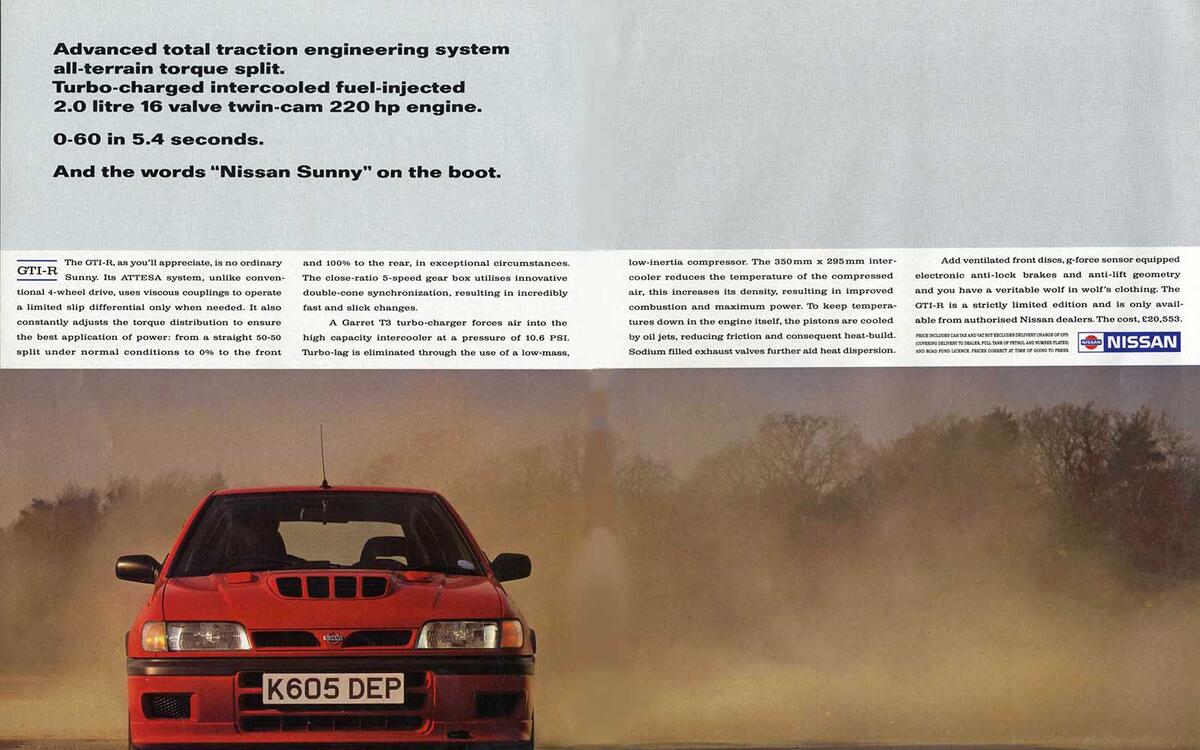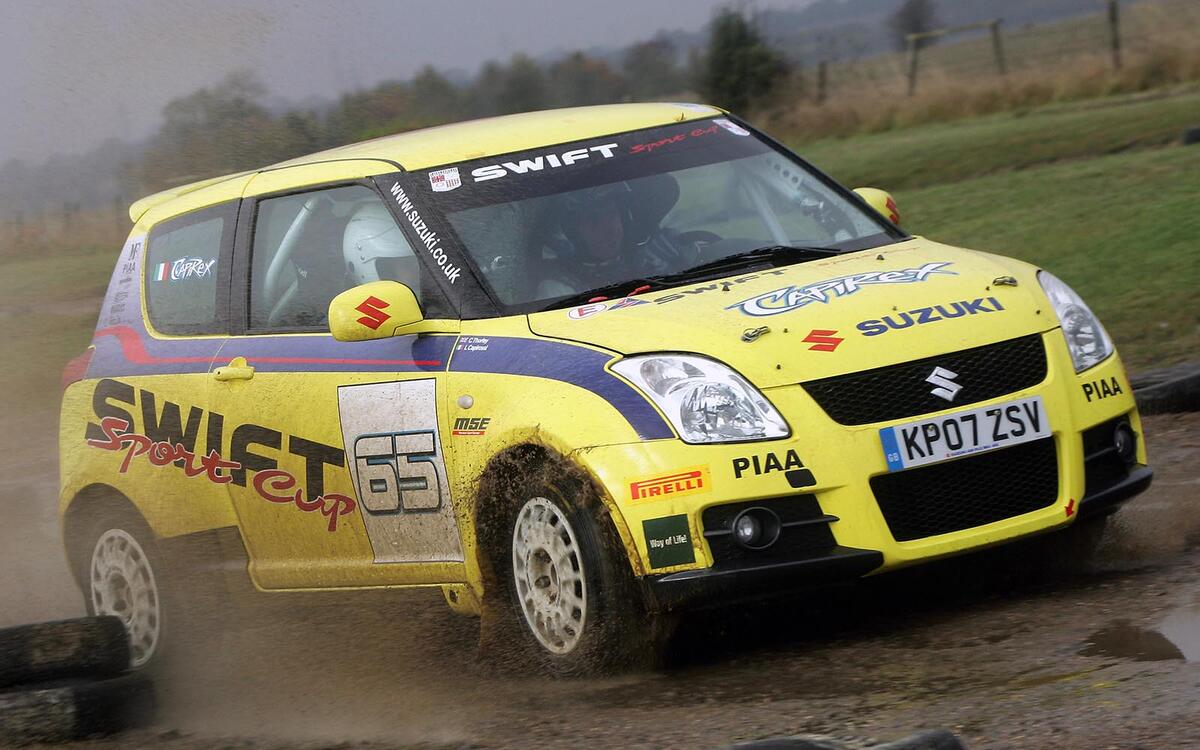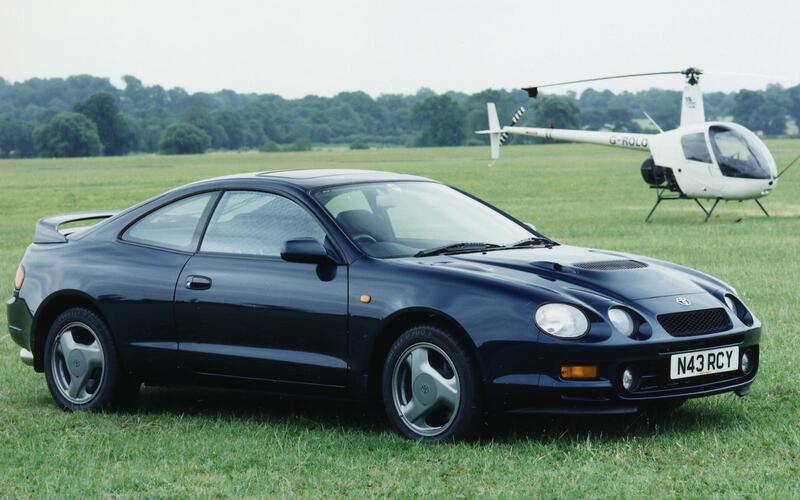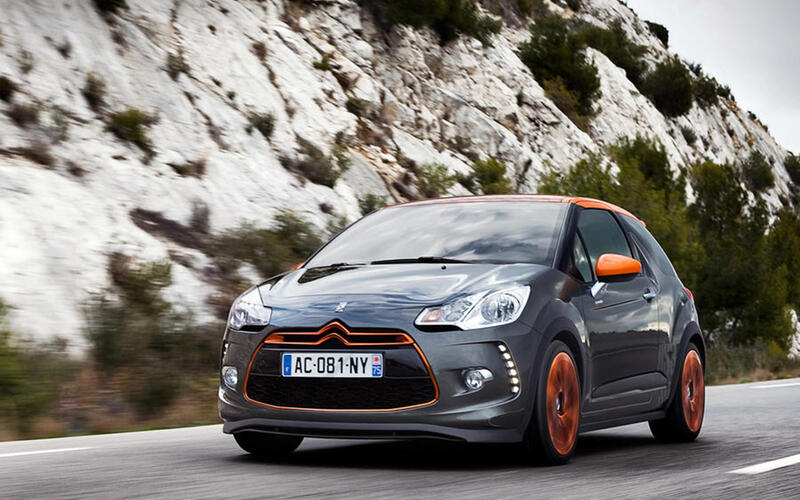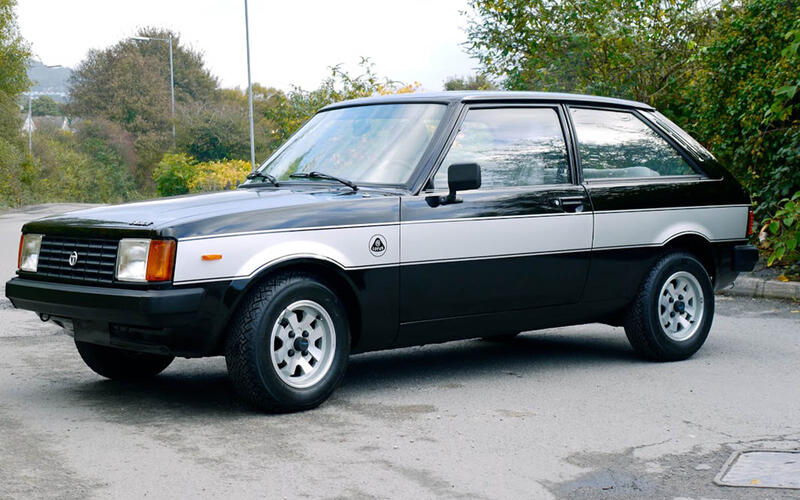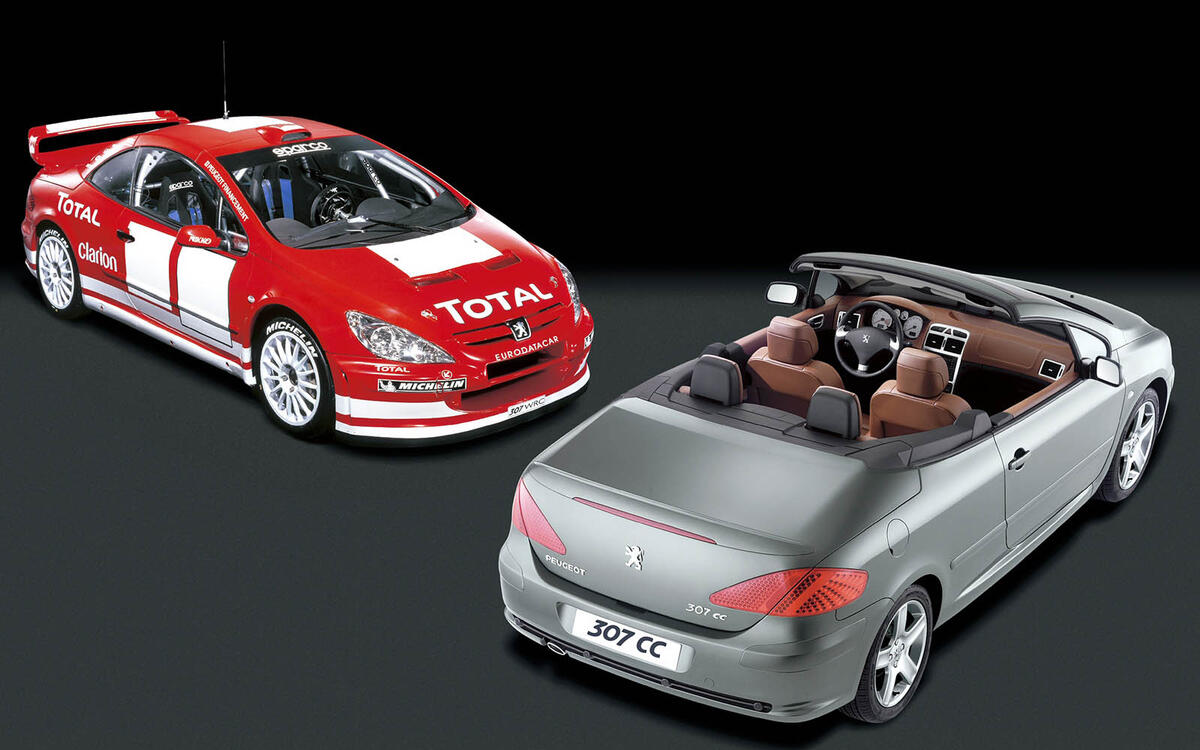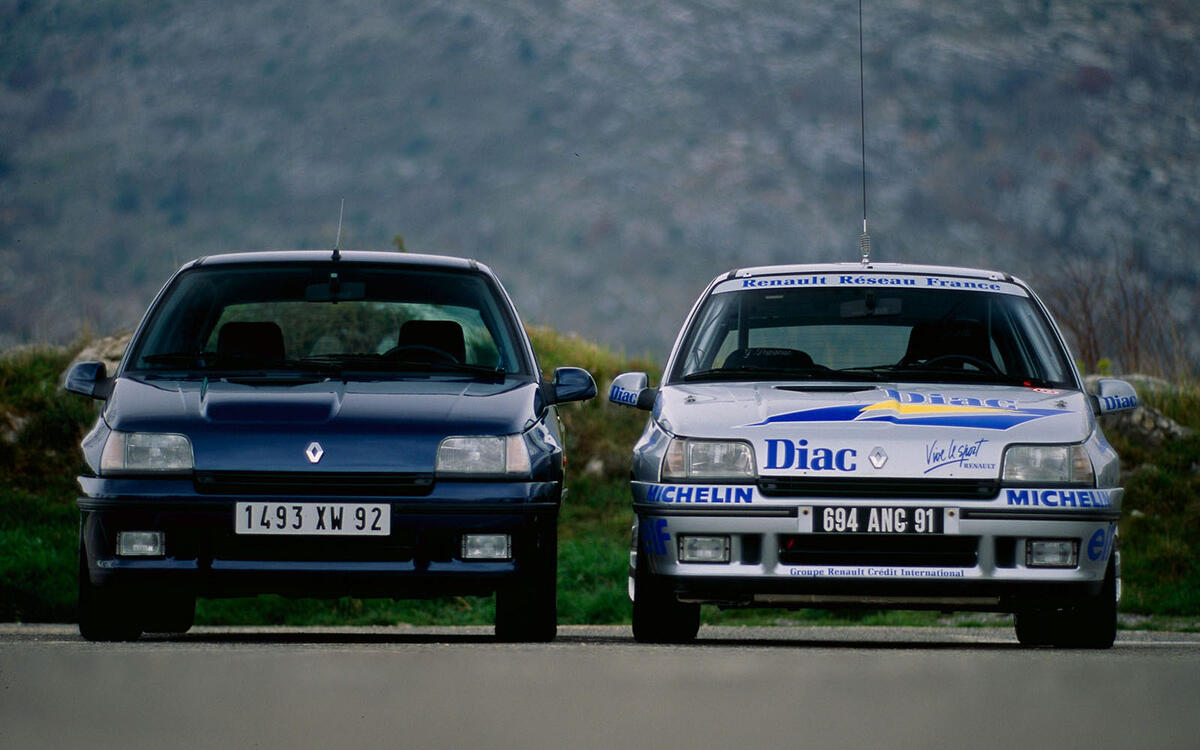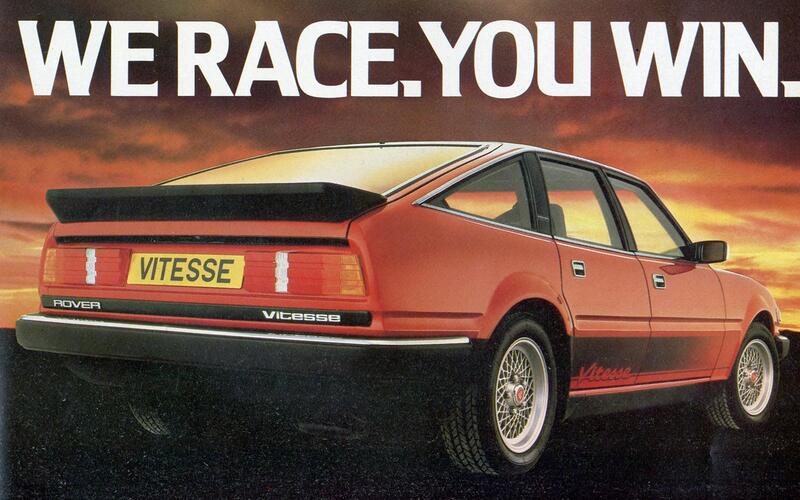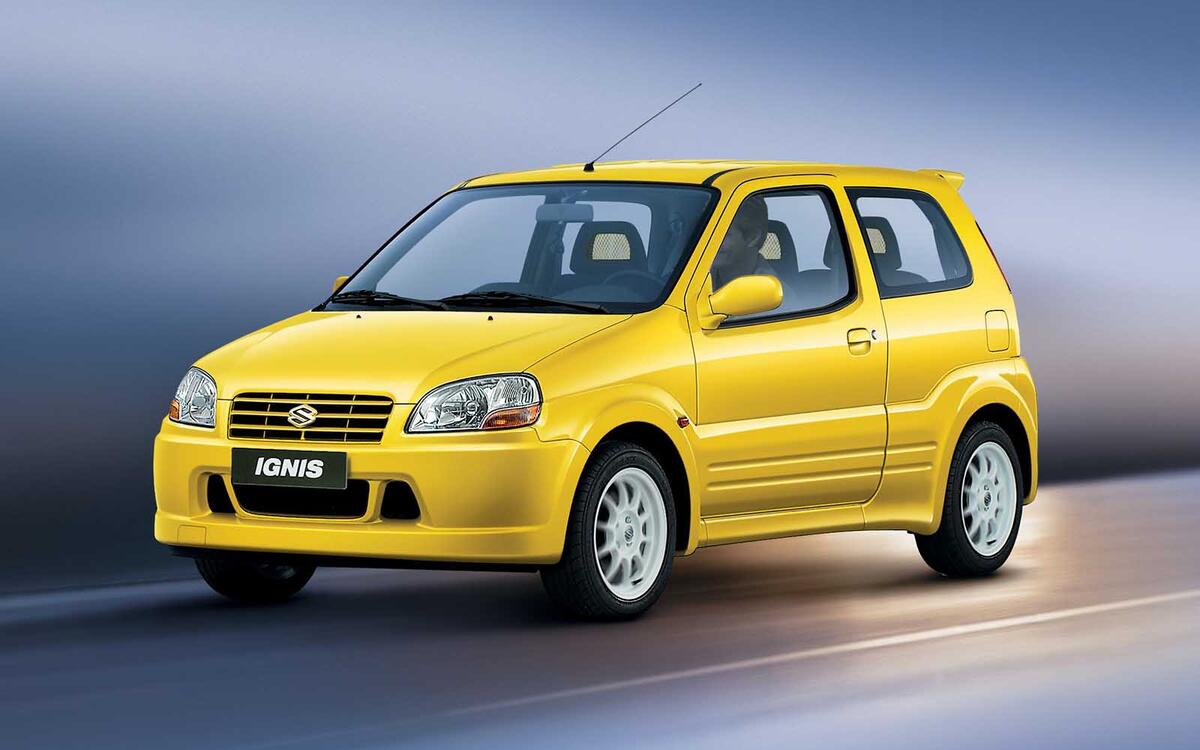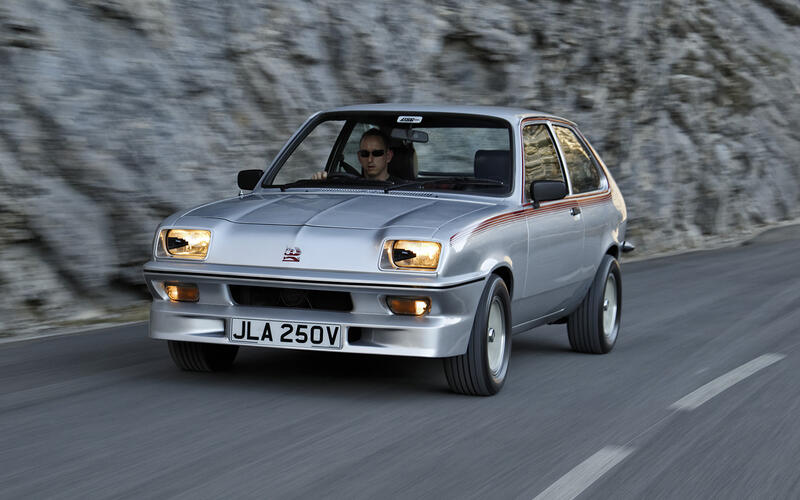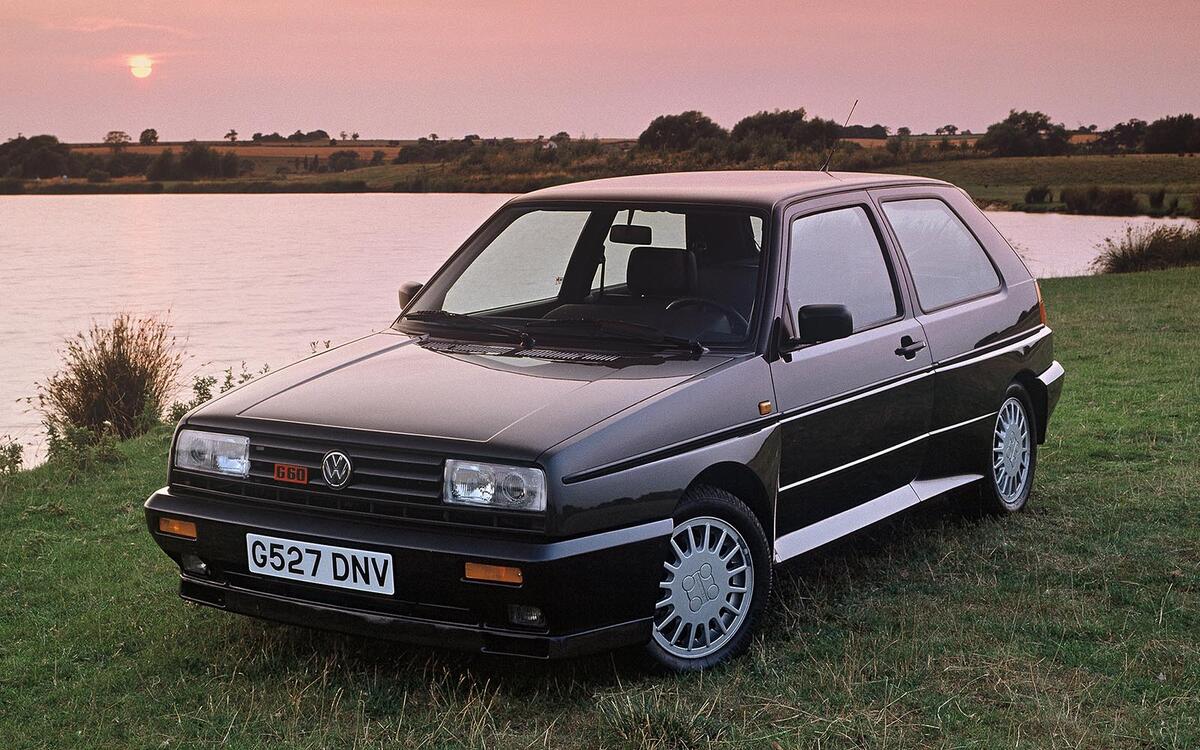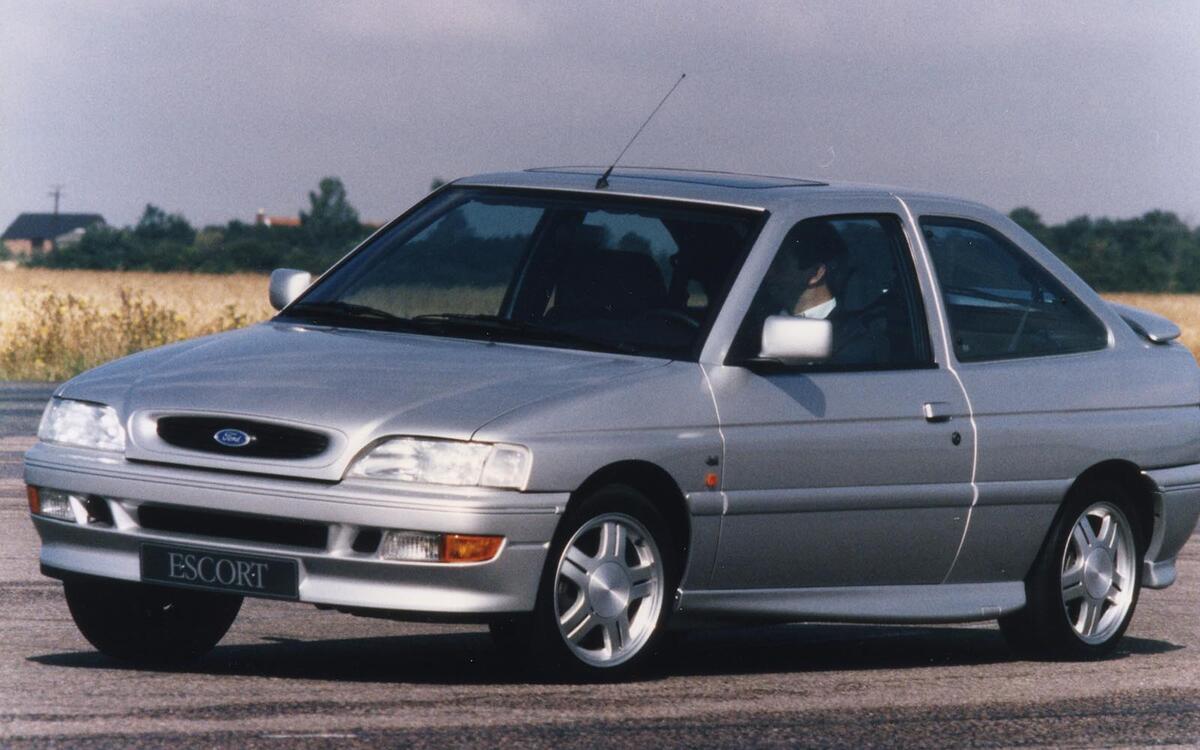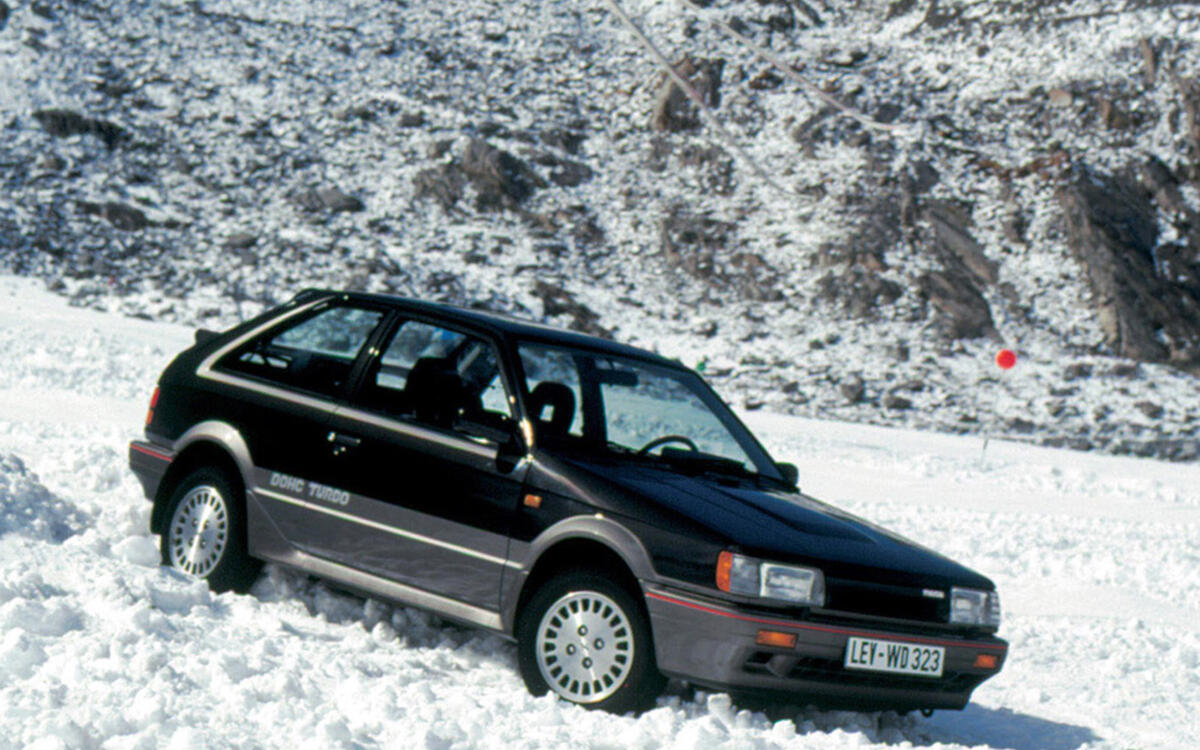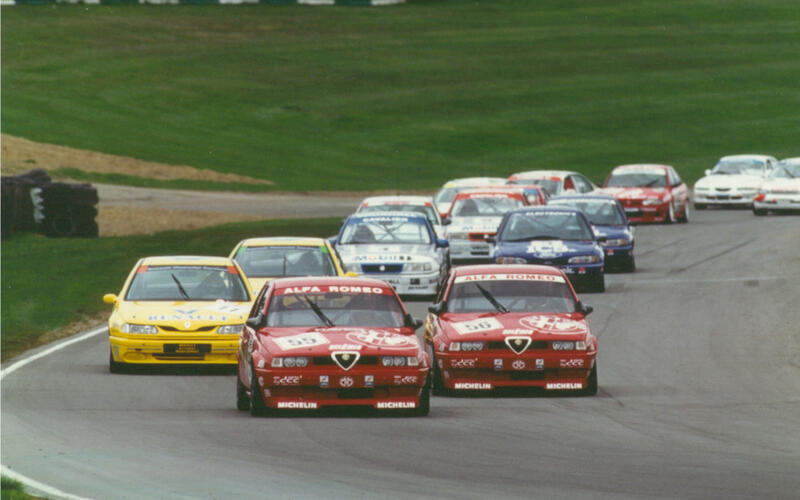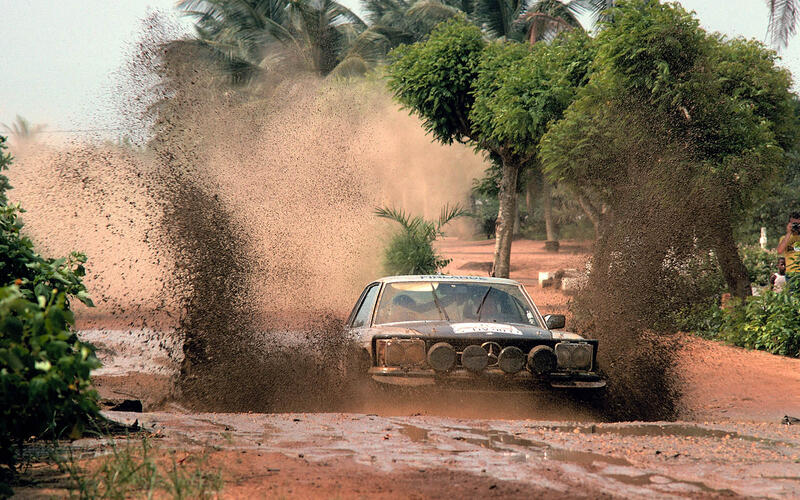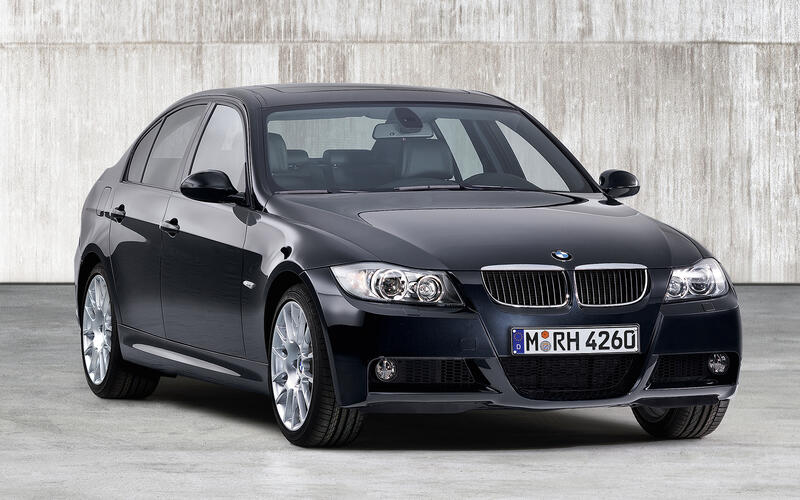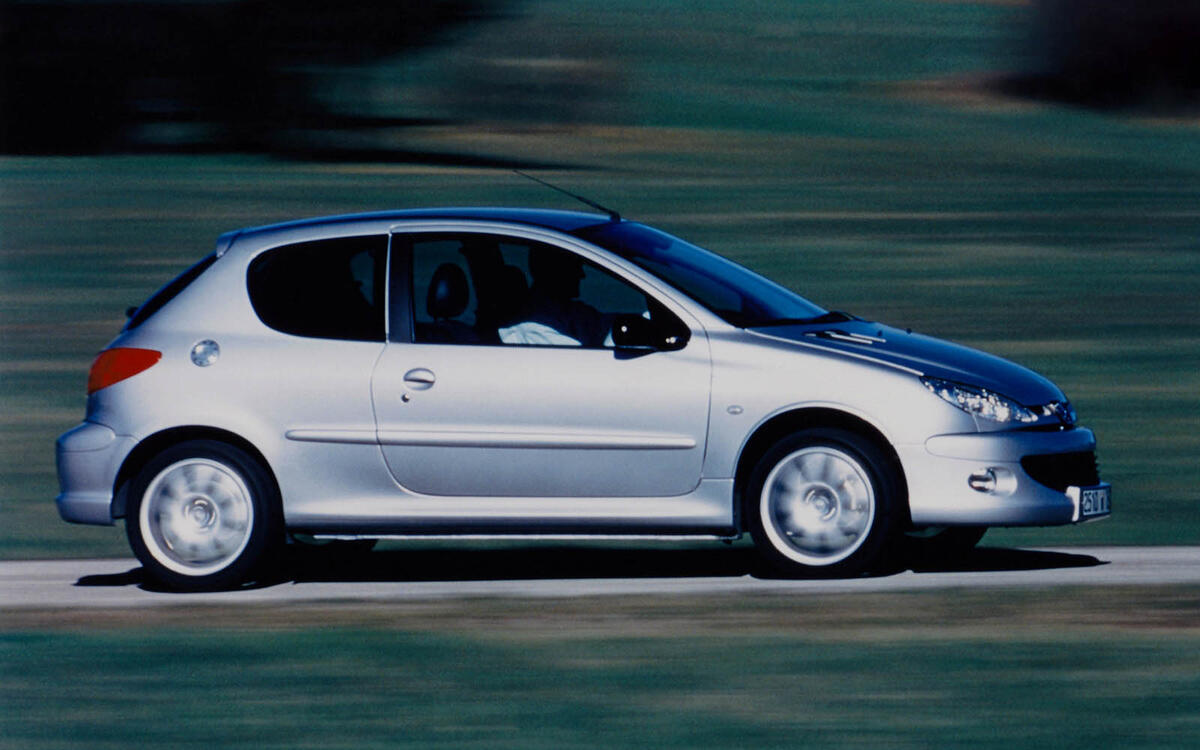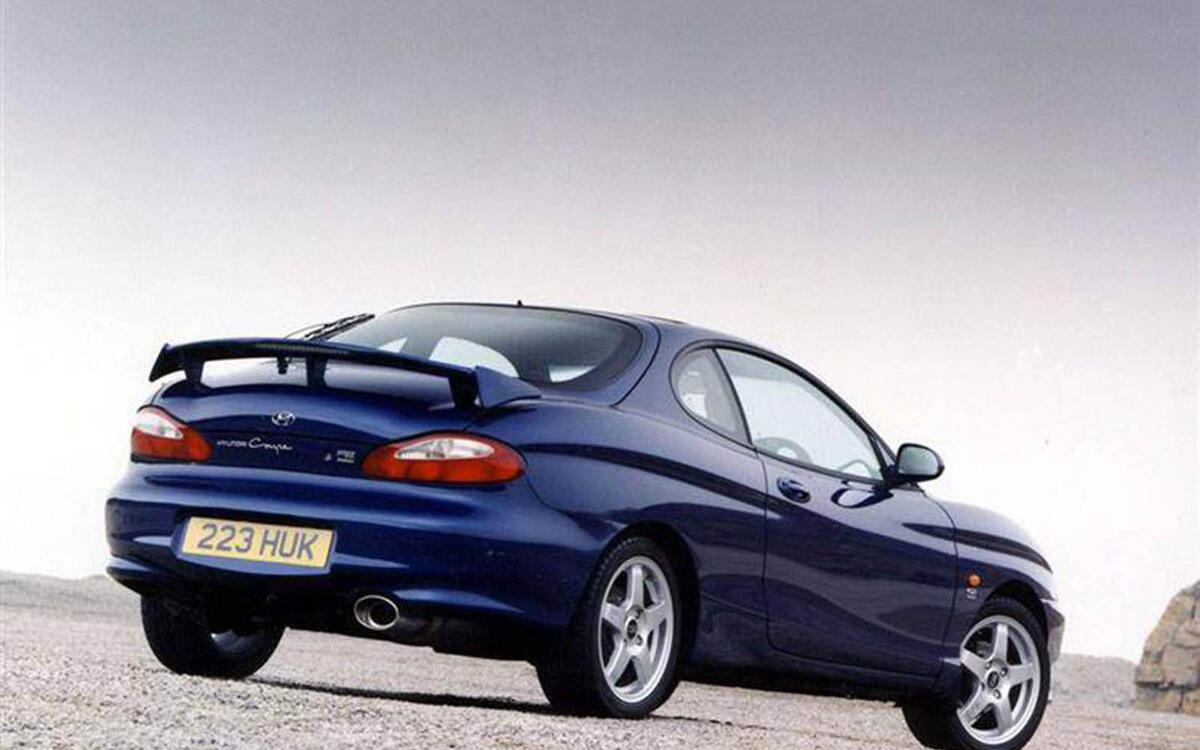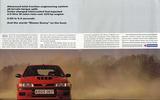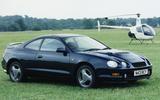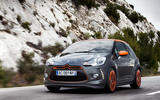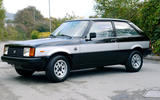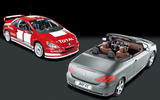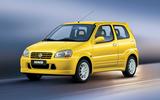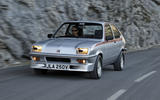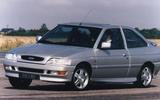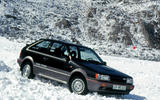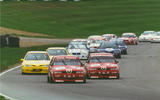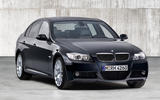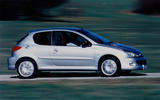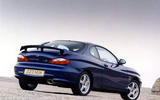 Slide of
Slide of
We called the Toyota GR Yaris “a driver’s car hero that’s great fun and approachably priced.
And worth savouring because, well, who will ever build something else like it?’ But there’s a problem because you can’t buy one. Not yet anyway. Following what Toyota called ‘unprecedented demand in 2021’, interested parties must sign up to the GR Yaris waiting list. A case of the best things coming to those who wait.
For those without any patience, here are 20 homologation heroes you can buy today. To make things interesting, we’ve focused on some left-field choices, all of which should be available for the price of a new GR Yaris. We’ve bent the rules a little, not least because the regulations have changed over the years, but these cars have a whiff of motorsport magic about them.
 Slide of
Slide of
Toyota GR Yaris (from £30,000)
We wouldn’t blame you if you decided to wait for a GR Yaris. Developed with the express purpose of homologating the Toyota Gazoo Racing WRC team’s 2021 racer, the GR Yaris deserves to be mentioned in the same breath as some of the world’s best homologation heroes. Delta, Quattro, 205 T16, Escort RS Cosworth – top table rally-bred legends.
The competition car may have been sidelined by the pandemic, but Toyota has delivered the most exhilarating hot hatch in a generation. It’s a bargain at £30,000 and has future classic status written all over it – especially with 2030 coming up when cars like this will be banned from sale. Put your name on the waiting list.
 Slide of
Slide of
Peugeot 106 Rallye (from £5000)
The Peugeot 106 Rallye is a bona fide homologation hero, designed for sub-1400cc international rallying. Pricing a 106 Rallye is extremely difficult, not least because there are so few left, but a S1 with 14,000 miles on the clock fetched £12,258 at auction in 2021.
Launched in 1993, the original S1 combined a 1.3-litre engine producing 100bhp with a kerbweight of 825kg, while the later S2 featured a 1.6-litre unit. Both are rare; around 1000 S1s came to the UK, with only 500 S2s arriving on these shores.
 Slide of
Slide of
Nissan Sunny GTi-R (from £10,000)
The phrase ‘a wolf in sheep’s clothing’ could have been invented for the Nissan Sunny GTi-R. A hot Sunny seemed like an unlikely proposition, but a Group A regulation change necessitated a move away from the Nissan 200SX, hence the arrival of the Pulsar/Sunny GTi-R.
The marriage of Nissan’s 2.0-litre turbocharged SR20DET engine and a Garret T3 turbocharger produced an impressive 217bhp to deliver an equally impressive 0-60mph time of 5.4sec. ‘And the words “Nissan Sunny” on the boot,’ proclaimed Nissan in a wonderful whiff of self-deprecation.
 Slide of
Slide of
Suzuki Swift Sport (from £2000)
Finding a Nissan Sunny GTi-R will be tough, but you’ll have little problem finding a Suzuki Swift Sport. The wide-arched and pumped-up Suzuki Swift S1600 has two Junior World Rally Championship titles to its name, so the road-going Swift Sport has proper motorsport pedigree.
The original Sport is our favourite of the breed. It feels like an old-school hot hatch, with its 123bhp 1.6-litre four-cylinder engine begging to be taken to the redline at any opportunity. Later versions are more rounded but lack the eagerness of the S1.
 Slide of
Slide of
Toyota Celica GT-Four (from £10,000)
Built to allow Toyota to compete in the World Rally Championship from 1987, there were three flavours of the Celica GT-Four: ST165, ST185 and ST205. The ST205 (pictured) was based on the sixth-generation Celica and was the most powerful GT-Four to date. It’s 2.0-litre turbocharged engine developed 239bhp in a car weighing just 1440kg.
Highlights of the road car, of which 2500 were built, included a weight-saving aluminium bonnet, uprated four-pot brakes and an additional 30bhp. Sadly, the race car couldn’t replicate the success of its GT-Four forebears, with just one race victory to its name.
 Slide of
Slide of
Citroen DS3 Racing (from £7500)
The Citroën DS3 R3, which met Group R rally regulations, used the same four-cylinder 1.6-litre THP petrol engine as the road car, but tuned to produce 210bhp and 258lb ft of torque. Its six-speed sequential semi-automatic transmission was lifted from the Citroën C4 WRC car.
Anyone who fancies a slice of WRC heritage should hunt down the rare DS3 Racing which was fettled by Citroën Racing. Sitting 15mm lower than the DSport and with a 30mm-wider track, its 1.6-litre engine produced 204bhp to give it WRC-rivalling pace. Just add gravel, a beanie hat and a flask of tea.
 Slide of
Slide of
Talbot Sunbeam Lotus (from £20,000)
Championship winning rally cars are expensive. Good luck finding a Peugeot 205 T16, Lancia Stratos HF, Lancia Delta HF Integrale or Alpine A110 for anything approaching the price of a new Toyota GR Yaris. So, it’s odd that the Talbot Sunbeam Lotus is still relatively affordable. Prices range from £10,000 to £25,000 for this 1981 champion.
The Talbot (née Chrysler) Sunbeam might have been an unlikely car to replace the Avenger Tiger, but the Lotus-tuned 2.2-litre ‘slant four’ 16-valve engine gave the car a terrific turn of pace. A car as capable of this should be worth more, so buy one before the world wakes up to its promise.
 Slide of
Slide of
Peugeot 307 CC (from £800)
Basing a WRC on a coupé-cabriolet might seem illogical, but there was some solid thinking behind the Peugeot 307 WRC car. Cramming the necessary rally gear into a 206 WRC was a packaging headache for Peugeot, so using the larger 307 CC made sense. The rules even permitted the homologation of a cabriolet.
Ditching the roof’s electric motor and most of the mechanism saved weight and freed up space in the car, while the rear deck of the coupé delivered significant aerodynamic benefits. With Marcus Gronholm at the wheel, the 307 WRC achieved three race victories before Peugeot left the championship at the end of 2005.
 Slide of
Slide of
Renault Clio Williams (from £10,000)
The name provides an instant association with F1 racing, but the birth of the Clio Williams stems from Renault’s desire to go rallying. Renault needed to build 2500 cars to race in the 2000cc class, so its existing 1800cc engine was bored out by 200cc and fitted with an uprated crankshaft from a Clio diesel.
Almost everything else on the engine was specific to the Williams, while the reinforced front subframe was lifted from the Clio Cup racer. With 148bhp on tap, the Clio Williams could hit 60mph in just 7.6sec, but this hot hatch was about more than just speed. The handling, the styling, the aura – this is hot hatch heaven.
 Slide of
Slide of
Rover SD1 Vitesse (from £6000)
Commonly associated with the British Saloon Car Championship (BSCC) and European Touring Car Championship (ETCC), the Rover SD1 Vitesse also competed in various rallying events. According to author Allan Scott, former manager of TWR’s race engine division, entering the Vitesse in motorsport helped to lower the average age of an owner from 45 to 35.
‘We race. You win,’ proclaimed the press ad. ‘Sure, seeing the big Rover Vitesse steamroller everybody in the British Saloon Car Championship goes down well,’ it continued. The later, Twin Plenum (TP) version, developed in partnership with Lotus, is the best of the breed. Just 500 were built.
 Slide of
Slide of
Suzuki Ignis Sport (from £2500)
It’s got a Junior World Rally Championship title to its name, so what more do you want? The engine is a lively 16-valve 1.5-litre, good for 107bhp and 0-60mph in 8.9sec – not great today but fine for nearly 20 years ago. How about a set of yellow fishnet headrests? Sorted.
 Slide of
Slide of
Vauxhall Chevette 2300HS (from £15,000)
Classic fast Fords appear to be riding on a wave of nostalgia, but it’s worth remembering that the Vauxhall Chevette 2300HS was quick enough to outrun the contemporary RS Escorts. Power was sourced from a 2279cc twin-cam engine, Vauxhall’s first 16-valve unit, armed with a pair of Stromberg carburettors.
It could hit a top speed of 117mph, 7mph faster than an Escort RS2000, with the Chevette going even quicker with the arrival of the flared-arched HSR. A brilliant and often overlooked homologation special; prices are on the up.
 Slide of
Slide of
Volkswagen Golf Rallye (from £20,000)
Speaking of overlooked homologation heroes, the VW Golf Rallye has always lived in the shadows of other box-arched gems from the era. Built to satisfy the regulations of the 1990 WRC, the Rallye was based on a Mk2 Golf with four-wheel drive and a G-Lader supercharger attached to the 1.8-litre engine.
Box arches and rectangular headlights gave the Rallye a unique look in the Golf range, and while it wasn’t the greatest rally car, the road-going version offered tremendous all-weather performance. Prices have been on the rise for a while, but you’ll be able to secure a top example for the price of a GR Yaris.
 Slide of
Slide of
Ford Escort RS2000 4x4 (from £10,000)
The later variants of the Ford Escort won’t be remembered with a great deal fondness. The obvious exception is the Escort RS Cosworth, but that was as much a Sierra as it was an Escort. Besides, you’ll have to stretch the budget to get your hands on a good one.
Not to be confused with the marketing-led XR3i models, the RS2000 4x4 was a properly good performance Escort. A genuine homologation car, it added cross-country pace to the RS2000’s already excellent pedigree, making this one of the most underrated cars in RS history.
 Slide of
Slide of
Mazda 323 4x4 turbo (from £5000)
“On the face of it, hi-tech engineering comes no cheaper than the Mazda 323 4x4 turbo. Consider this: £11,750 buys a twin-cam, four valve per cylinder, turbocharged engine that splits its ample power four ways as it is transferred to the road. Apart from the Porsche 959, the only other car on the market with these basic credentials is Toyota’s Celica GT-Four at £20,701.”
Our review from 1988 sounds promising, doesn’t it? Sadly, we went on to say it was “no cut-price Lancia” and that it failed to “fulfil its promise”. We still want one, mind. The biggest challenge is finding one.
 Slide of
Slide of
Alfa Romeo 155 Silverstone (from £5000)
For many car enthusiasts, the 1990s was the British Touring Car Championship’s defining decade. Hands up, we’re including the Alfa Romeo 155 purely as an excuse to use this press photo. Admire the majestic spectacle of a pair of Alfas leading a pair of yellow Lagunas and associated saloon car brilliance.
The 155 was an excellent touring car prior to what we’re labelling ‘wing-gate’, but Alfa wanted more, so it built the 155 Silverstone to satisfy homologation rules. This special edition featured an adjustable rear wing and lower front bumpers. Alfa’s rivals objected to the chicanery, which put a stop to the shenanigans. The FIA banned optional kits and raised the number of cars required for homologation from 2500 to 25,000.
 Slide of
Slide of
Mercedes-Benz 450 SLC 5.0 (from £30,000)
The Mercedes-Benz 450 SLC 5.0, also known as the 500 SLC, is one of the least likely rally cars in history. A large and relatively heavy coupé with a V8 engine wouldn’t make sense for track racing or rally stages, but it was ideal for long-distance endurance races. It was infinitely more rigid and stable than the SL.
These cars were impressively close to showroom specification, with Mercedes-Benz flexing its considerable muscle to make its works cars a success. It will go down in history as the first V8-engined car to win a WRC event, not to mention the first automatic.
 Slide of
Slide of
BMW 320si (from £4000)
If the E30 BMW M3 is beyond your budget, this could be the next best thing. The 320si was a limited-run homologation special of the BMW 3 Series world touring car, with only 500 coming to the UK.
Highlights included a hand-built engine, 18in alloys unique to the 320si, 300mm brake discs all-round and a carbonfibre cam cover. At £25,000, it cost £415 less than a 320i M Sport, which made it a bit of a bargain. Today, you can buy one for as little as £4000.
 Slide of
Slide of
Peugeot 206 GT (from £2000)
It’s a strong look. If you thought the 307 CC was odd, wait until you discover why the Peugeot 206 GT has a fat lip. Rewind the clock to the WRC in 2000, when the rules dictated that a car needed to be a minimum of four metres. Not great for the 3.83-metre long 206.
Peugeot’s solution was to add over-sized front and rear bumpers to take the length to exactly 4000mm. Great, but Peugeot also had to build 2500 for homologation purposes. It built 4000, but only 600 right-hand drive examples. Our price guide is a bit of a guestimate, because the 206 GT rarely comes up for sale.
 Slide of
Slide of
Hyundai Coupe F2 Evolution (from £2500)
Launched in 1999, the F2 Evolution was a road-going version of the Hyundai Coupe F2 rally car. A larger bore exhaust and a tweak to the car’s fuel inlet camshaft increased the power by 12 per cent to 154bhp and maximum torque from 134lb ft to 140lb ft. It also reduced the zero to 60mph time to 8.1sec.
McLaren F1 stylist Peter Stevens was drafted in to make the road car look more like its rallying sibling. He designed the front and rear spoiler of the F2 Evolution, which also wore 16in alloys shod in Yokohama rubber.
Fancy a GR Yaris but you’re not prepared to wait in line? These homologation heroes should float your boat
Advertisement


